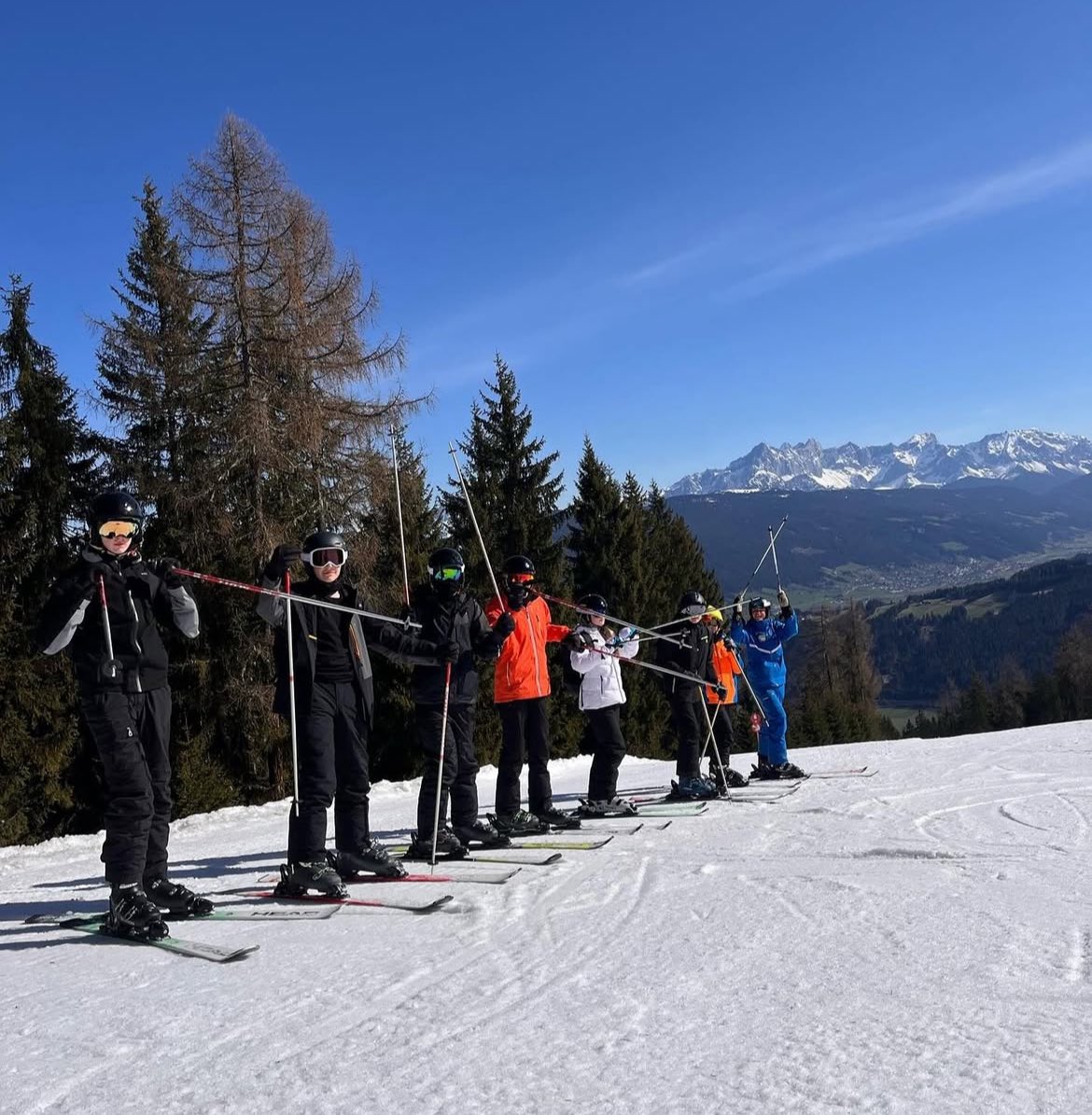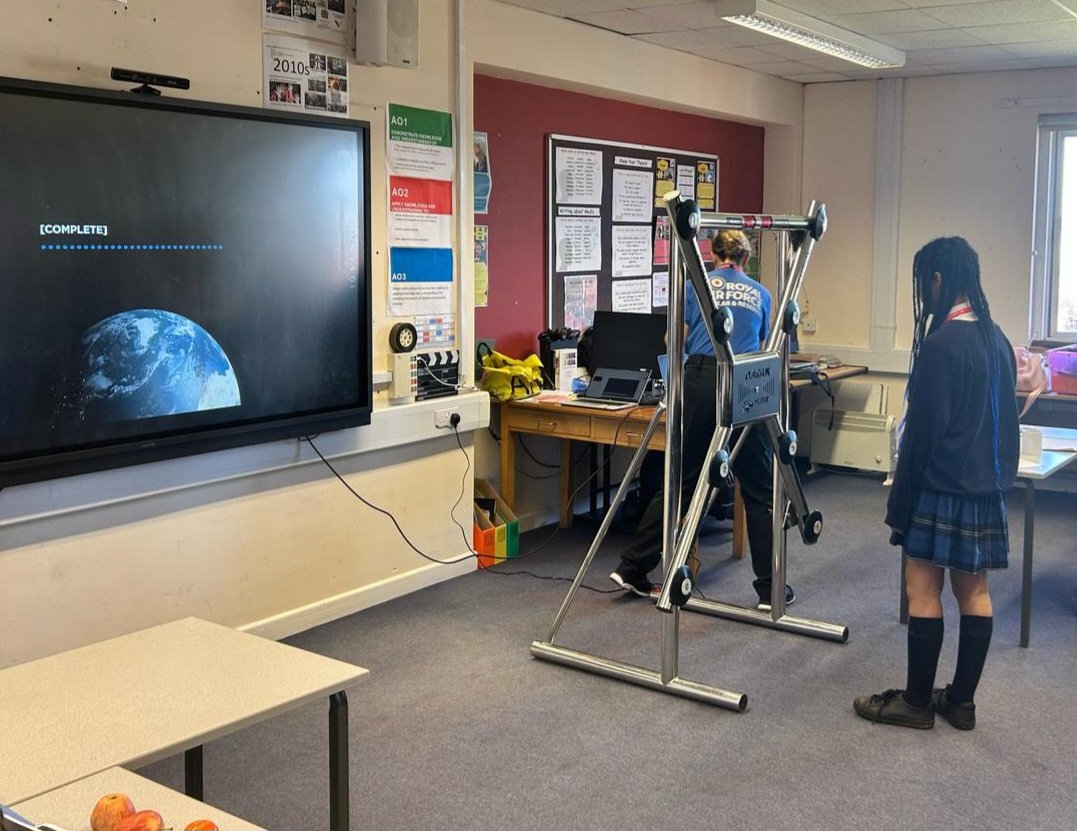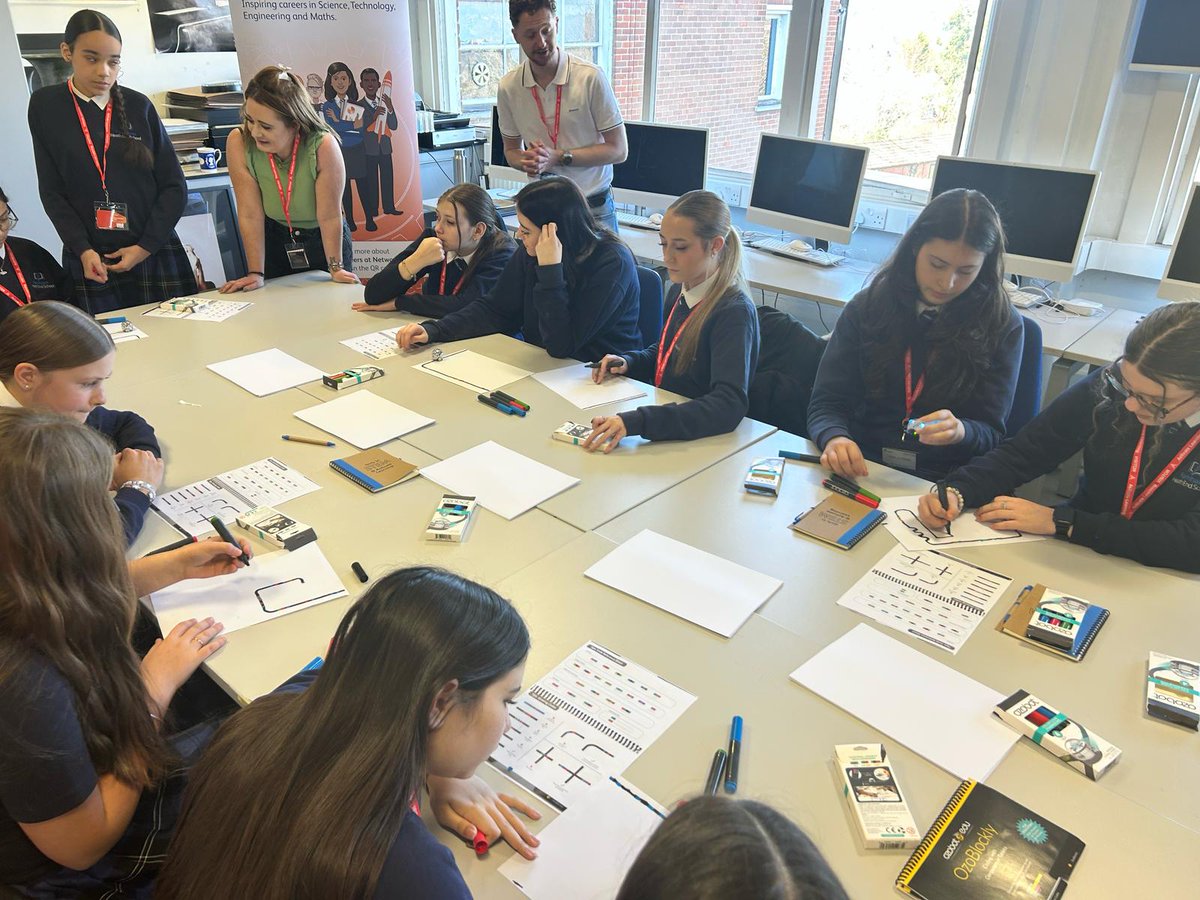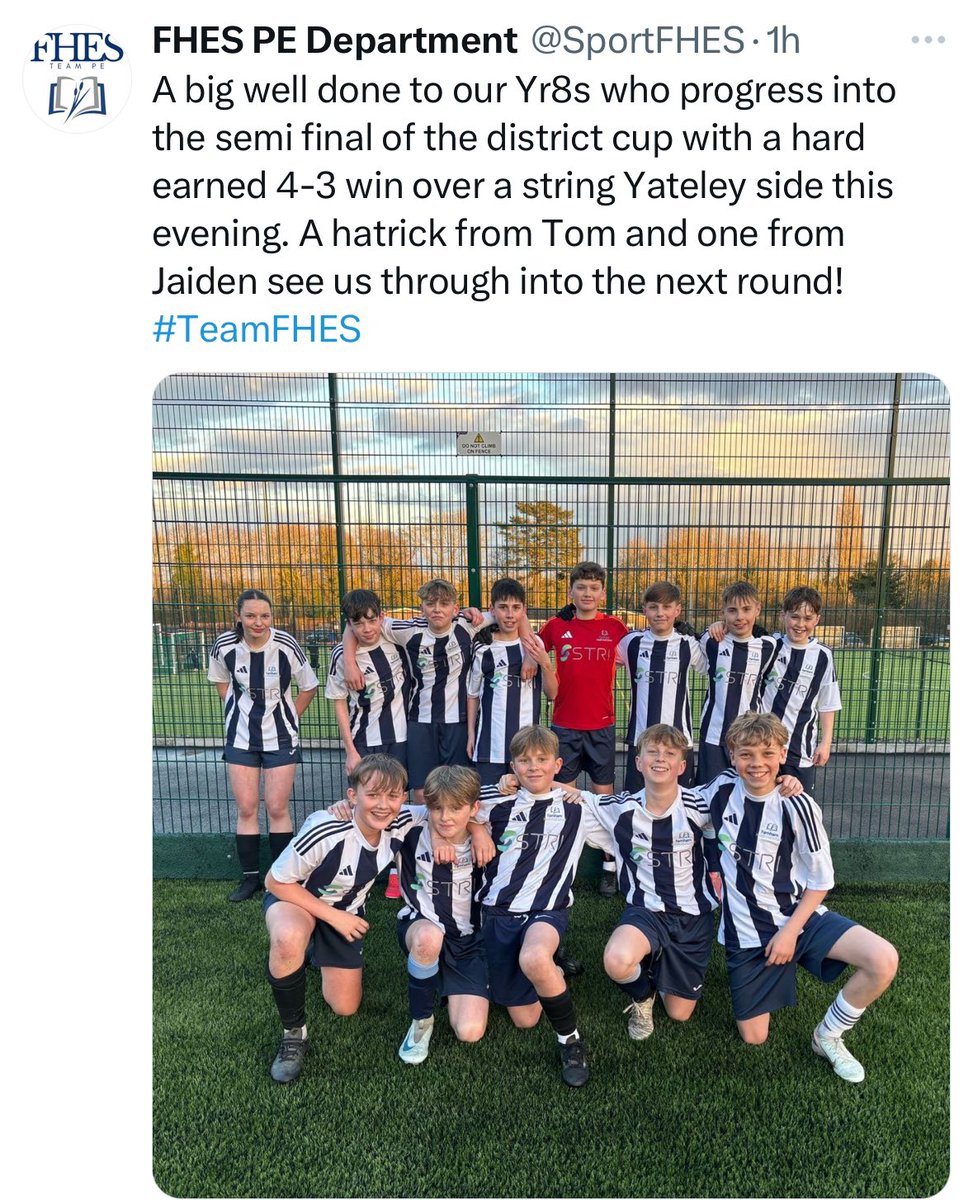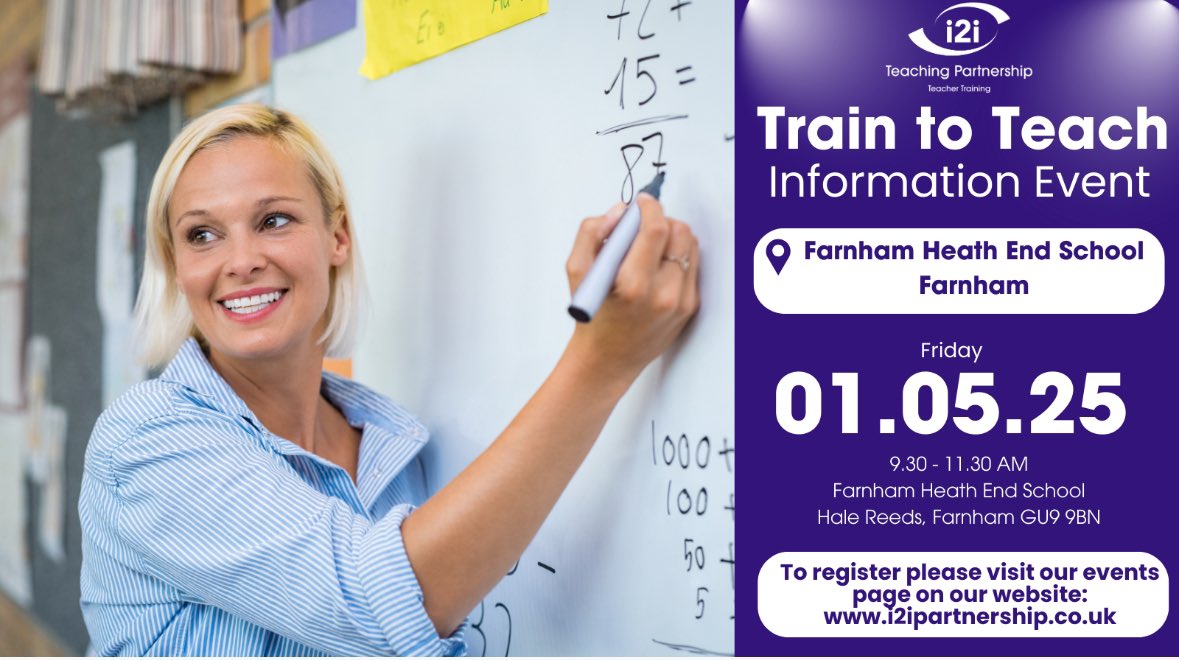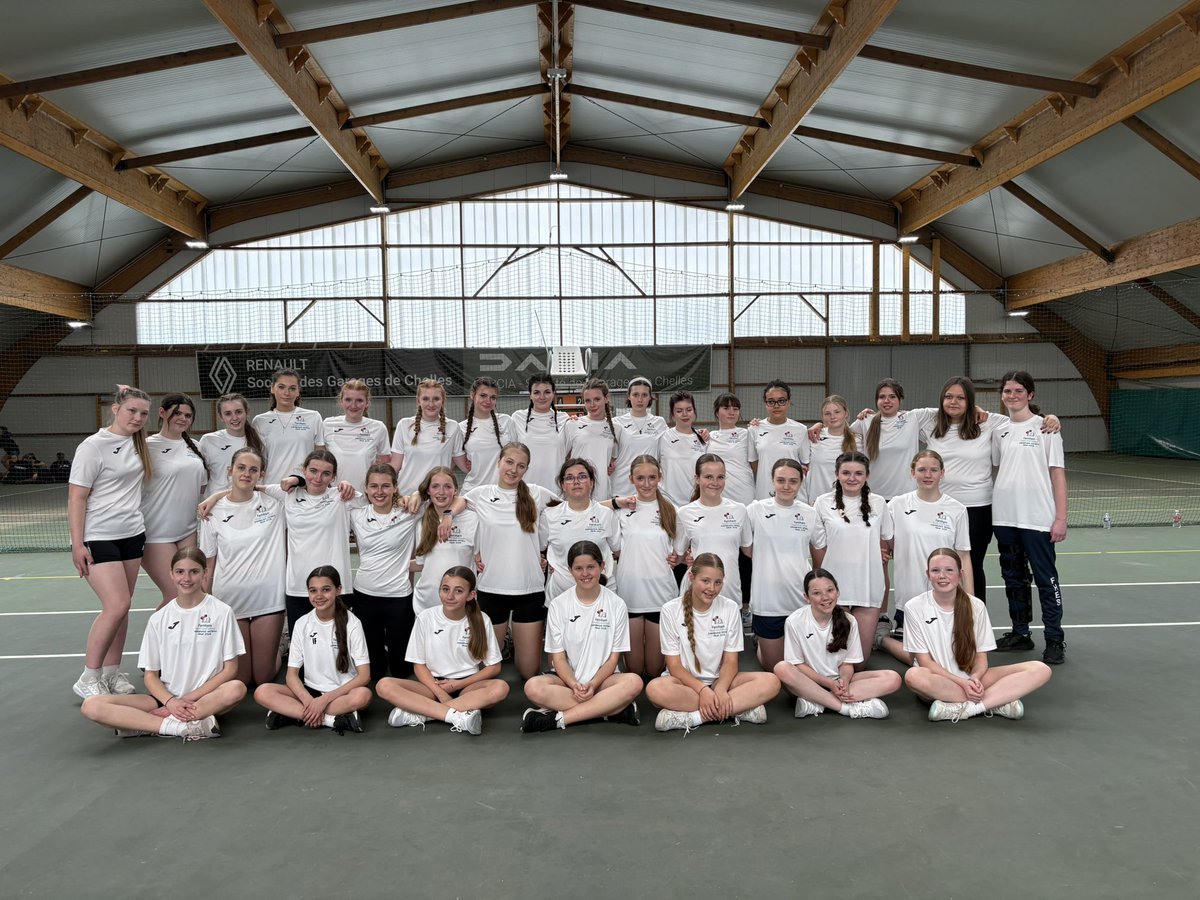 @TeamFHES - 17/04/2025#TeamFHES girls have returned from a fantastic netball tour in Paris, which included a trip to Disneyland. pic.twitter.com/KpoQTBLQyZ
@TeamFHES - 17/04/2025#TeamFHES girls have returned from a fantastic netball tour in Paris, which included a trip to Disneyland. pic.twitter.com/KpoQTBLQyZSubject Information - Art Textiles
VISION / AIM
By studying Art Textiles, students should have the opportunity to gain confidence, independence and problem solving skills to enable appropriate decision making in the classroom. Students should be challenged to be creative and curious in creating solutions to problems and outcome in response to artists and designers. In doing so, all students should consider sustainability, environmental and social issues that affect the development of solutions and outcomes. To be successful, students need to be able to select and handle materials and develop a range of skills to realise ideas.
Skills learned should equip students to engage in art and design in adult life and make sound decisions about sustainability, aesthetics and function.
Students have and will continue to visit exhibitions, participate in inspirational trips and participate in workshops with artists/designers as part of this course.
Resources and support materials can be found on Google Classroom.
Further information can be requested from Mrs C Jeffery, Head of Department, cjeffery@fhes.org.uk or Mrs S Daly, Lead Teacher, sdaly@fhes.org.uk.
CURRICULUM OVERVIEW
|
|
Art Textiles – 8 Week Rotation |
|
Year 7 |
Cushion Project:
Construction techniques: Hems and seams. |
|
Year 8 |
Banner project:
Hot Water Bottle Project:
Using different techniques to embellish the outcome. With the use of beads, buttons, sequins, ribbons.
|
|
Year 9 |
Natural History project
Researching an artist independently. |
|
|
Autumn Term |
Spring Term |
Summer Term |
|
Year 10 |
Protest project
|
Protest project
Fashion project
|
Final Major project
|
|
Year 11 |
|
Final Major project
|
Final Major project
|
KEY SKILLS
|
Key Skills |
Year 7 |
Year 8 |
Year 9 |
Year 10 |
Year 11 |
|
Research |
Students to complete own research for a moodboard, very structures with instructions on what to include and some suggestions for key work searches, sentence starters for annotations. |
Students to complete own research for a moodboard, very structures with instructions on what to include and some suggestions for key work searches, sentence starters for annotations. |
Independently research theme for client brief. |
Independent but guided research of artists both suggested and chosen by students independently. Extended writing tasks to be completed. |
Exam project: Personal choice and independent using generic guidance and reflecting on past examples. |
|
Planning |
Retrospective planning. |
Planning of the decoration of the panel. |
Create thumbnail sketches of responses to research. Test and sample textile techniques appropriate to project. Create a plan of making to support making a product.
|
Students to plan samples in response to artist both guided and independently Students to create step-by-step plan to create final piece. |
FMP 3 Options : step-by-step plan of how to execute final idea including mock-up/ prototypes, patterns drafts, final design drawing with annotations. Exam project: Personal choice and independent using generic guidance and reflecting on past examples. |
|
Technical Knowledge |
Basic sewing machine threadings, safety and accurate use. Names of specialist equipment. Decoration techniques: Use of transfer / screen print techniques, preparing a stencil. Construction techniques: threading needle, creating hems and seams, using seam allowance, EXT sewing on buttons. Basic pattern drafting. |
Threading machines independently - top thread only. Using machine for free machine embroidery. Colouring background fabrics, Shibori, marbling, layering transfer dyes, wet on wet fabric. Developing a font using key principles. Choosing techniques and executing accurately. Folding and stitching an open hem. Attaching trimmings to a textile product. |
Using a range of different techniques including, applique, free machine embroidery and printing techniques. |
Independent use of sewing machine to do the following: thread up, change over fee and set up changes between straight stitch and free machine embroidery, winding bobbins, inserting bobbin and other general troubleshooting. More complex use of transfer dyes with layering and repeat pattern. Drawing skills including drawing on a range of backgrounds. |
FMP: Independent use of a variety of skills accumulated in prior years, students may in
|
|
Designing |
|
Creating a range of design ideas in response to a brief. |
Design work for proposals to meet client brief. |
Designing a range of ideas looking at contextual research as inspiration. Development of a range of ideas in response to research, experimentation and iterations throughout the development phase. |
Designing a range of ideas looking at contextual research as inspiration. Development of a range of ideas in response to research, experimentation and iterations throughout the development phase. |
|
Making |
Creating a prototype of a cushion in response to a client’s needs. |
Creating a prototype of a banner in response to client brief. |
Creating a range of outcomes in response to a client brief. |
Final outcome for project 1 based on a selection of 3 outcomes. |
FMP- outcome of choice. EXAM: Outcome of choice. |
|
Evaluating |
Evaluation of initial samples (transfer printing, sewing machine skills, screen printing). Evaluation of project and suggestions of improvements.
|
Evaluation of project with a drawing to suggest improvements. |
Evaluation of initial samples. Evaluation of design ideas and developments. Evaluation of final project. |
Evaluation of initial samples (screen printing, transfer printing, hand stitching. Evaluation of design ideas and developments. |
FMP: Evaluation of initial samples (screen printing, transfer printing, hand stitching Evaluation of design ideas and developments. Exam project; Evaluation of initial samples (screen printing, transfer printing, hand stitching. Evaluation of design ideas and developments. |
|
Presentation of Ideas |
Using correct pens, pencils effectively in work. Creating titles in book and mounting in textile work. Following guidance on layout and creating full pages. |
Considering layout and composition of the moodboard. Create quality drawings in design work. Following guidance on layout and creating full pages. |
Considering layout and composition of the moodboard. Using a guillotine / rotary cutter to try and present samples and imagery. Laying out, layering and mounting work on boards. Creating colour stories. Mounting textile samples. |
Contact sheet of photos. Fillings gaps in sketchbook pages. Considering more inspiring layouts. EXT building upon knowledge and trying new styles of sketchbook presentation complete and executed to a high standard. |
Build on all previous work. Choosing scale to work onto (no smaller than A4. Demonstrating creativity and personality in sketchbooks which are complete and executed to a high standard. |
GCSE ART TEXTILES EXAM BOARD
|
Exam Board |
AQA |
|
NEA |
Component 1/ NEA 1: Portfolio worth 60% final GCSE mark Component 2/ NEA 2: Externally set assignment is worth 40% final GCSE mark |
|
Link to the Specification |
https://filestore.aqa.org.uk/resources/art-and-design/specifications/AQA-ART-GCSE-SP-2016.PDF |

